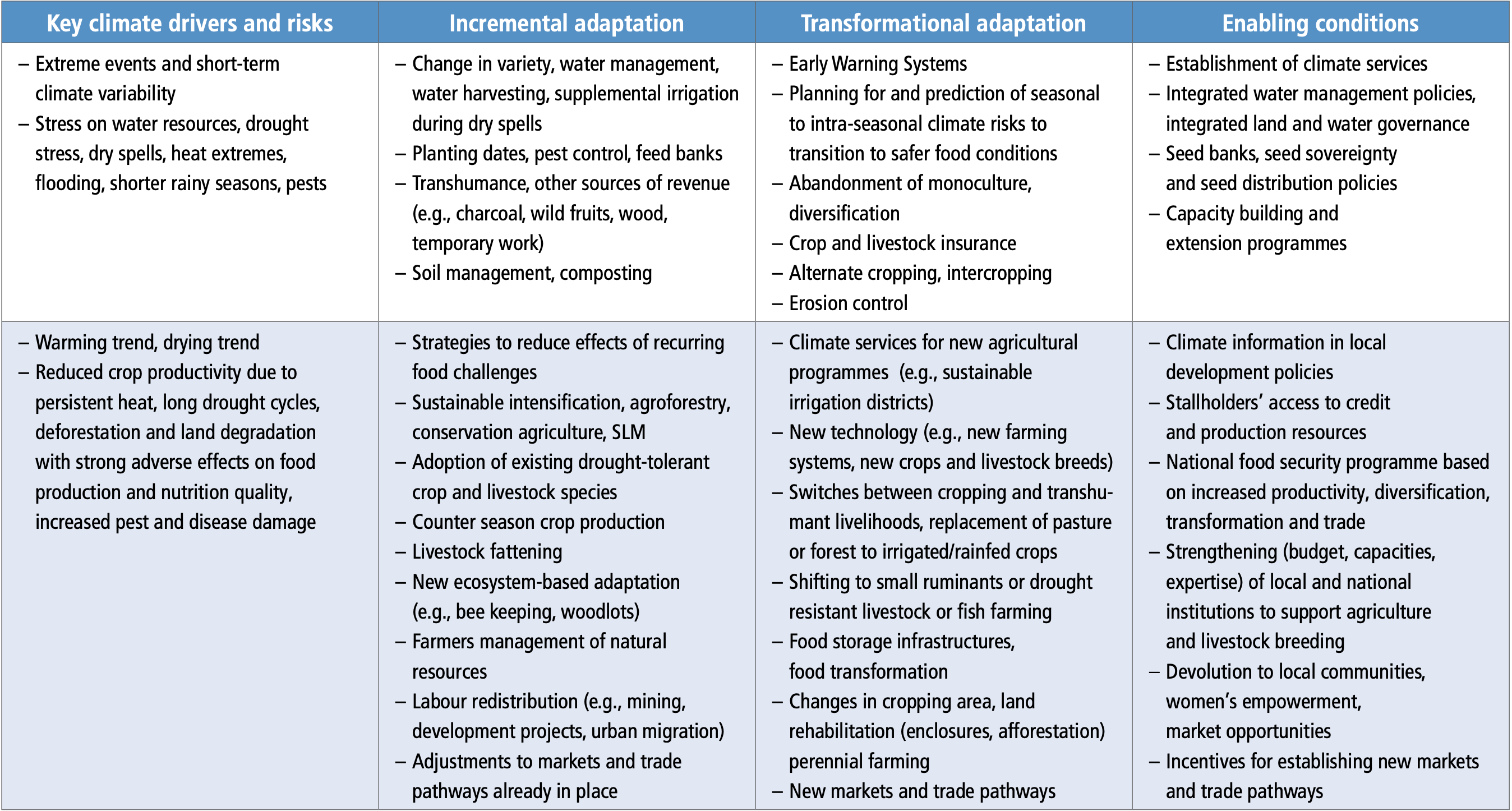
So what does freezing actually do?įreezing is a food processing method that slows the growth of bacteria, yeasts and molds which may cause food spoilage and food poisoning. Freezing keeps food safe almost indefinitely, so the recommended storage times are for quality alone. The only two foods that should not be frozen are eggs in their shell and canned foods in their original packaging. Freezingįreezing is an excellent way to preserve foods such as vegetables, meat and fish for a very long time.

#Food processing methods trade secret portable
Canned products are convenient, portable and quick to prepare - as they are already cooked during the canning process. For tops in nutrition, choose canned vegetables without added salt and fruits canned in juice rather than syrup. Some nutrients may be lost when the food is heated to high temperatures but canned foods often are just as nutritious as fresh and frozen foods. This is followed by cooking the food to high temperatures in a sealed and sterile container, which destroys bacteria and other organisms that can cause the food to go bad. Washing and peeling produce before canning helps remove pesticide residues that may be on their surface.

Another safety advantage of canned foods is that they are tamper-resistant - any opening is clearly evident. The quality and nutrient content of canned goods remain relatively stable as long as the container and seal are intact, allowing for a long shelf life. In your cabinet, you may find canned tuna, canned vegetables or even foods you canned yourself. These methods preserve food and help reduce bacterial growth that may cause food poisoning, helping to keep food safe. DuxX/iStock/Getty Images Plus/Getty Imagesįrom farm to fork, food safety is a top priority and many traditional food processing methods help minimize food safety risks, including canning, freezing, drying, irradiation and pasteurization.


 0 kommentar(er)
0 kommentar(er)
